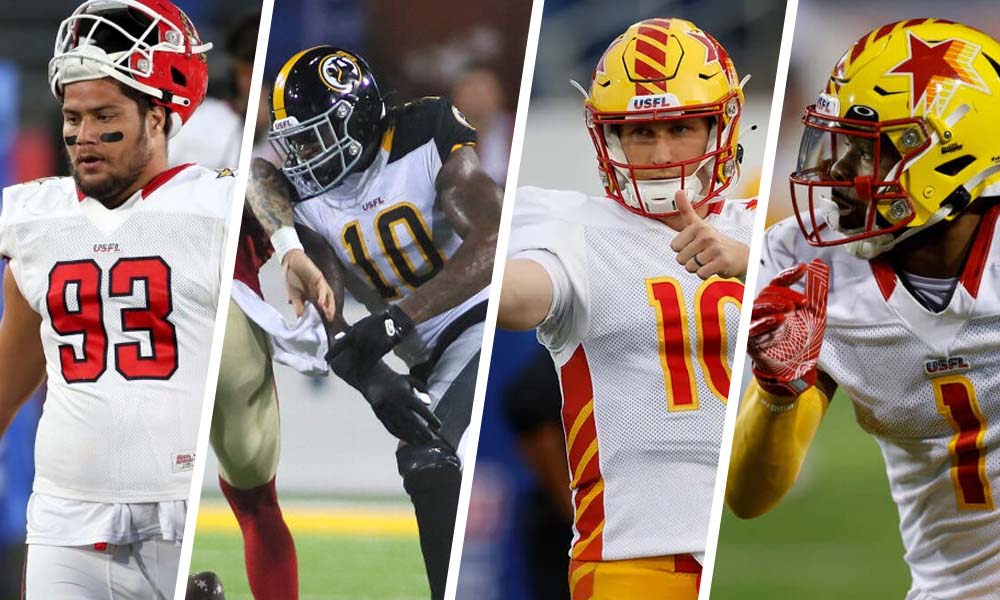
This is part two of my look at last week’s first phase of the UFL dispersal draft. Part one, focusing on the XFL conference teams, can be found here.
Birmingham Stallions
Surprise protected: It’s hard to find fault with the 42 players Birmingham protected. If I had to quibble, RB Ricky Person, Jr. was a little surprising based on his role with the team. As a backup running back acquired in May, Person played in just four games, rushing 14 times. He had some impressive performances in the post-season that may have vaulted him into protected territory. Person was one of two backs kept by the Stallions, along with CJ Marable, who was with the New England Patriots in training camp. Birmingham curiously opted against taking another RB in the dispersal draft, leaving them, for the moment, with just Marable and Person.
Surprise unprotected: After playing for the Seattle Sea Dragons in the XFL in 2023, DE Daniel Joseph was released by the team on August 17, along with several other backups and role players. A week later, he was signed by the Stallions. The former Buffalo Bill was unprotected in the dispersal draft. Joseph played in seven games with no starts for Seattle, racking up two sacks on the season. Admittedly, like many other positions on the team, Birmingham is deep along the defensive line and likely couldn’t keep everyone they wanted there. Joseph may have been simply caught up in a numbers game.
Best dispersal pick: The Stallions added two defensive ends via the draft, one of them being DE Hercules Mata’afa from the New Jersey Generals. Birmingham finished near the bottom of the USFL in sacks in 2023, and Mata’afa will help in that area: He led the Generals last season with six quarterback take-downs. He should challenge for playing time immediately along the four-man defensive front.
Underrated dispersal pick: Anyone walking in and trying to replace an NFL All-Pro like Brandon Aubrey is going to have a challenge on their hands. Tasked with that hill to climb is K Chris Blewitt, late of the Pittsburgh Maulers. Having the most unfortunate name possible for a kicker belies his talent: He connected on 77% of his field goals last year with the Maulers and could have a leg-up (pun intended) on whatever competition, if any, Birmingham brings in to face him in camp.
QB depth chart update: For the last two years, it’s been J’Mar Smith and Alex McGough as the one-two punch for the Stallions: Smith led them in 2022, then McGough took the team to an even higher level in ’23. McGough is now gone, a part of the Green Bay Packers’ practice squad. In theory, he could return after Green Bay’s season if he chooses not to sign a futures contract. Until then, the Stallions know they have a capable signal-caller at the helm in Smith. They also brought in rookie Adrian Martinez in the off-season. Martinez is a dual-threat QB who is a better runner than a passer. It will be interesting to see how they utilize him this season.
Positions of strength: Birmingham already has one of the strongest rosters in the UFL. They kept or drafted 11 offensive linemen, making that perhaps its deepest position. They have an intriguing wide receiver group, one that includes two former XFL players in Gary Jennings and Victor Bolden, in addition to 5’9″ Amari Rodgers and 6’4″ Binjimen Victor. As mentioned earlier, the defensive line is also stacked. Having two quarterbacks the level of Smith and Martinez puts them in a good spot at this point.
Positions of need: The great thing about having such a complete roster heading into a draft is you can really focus on a “best player available” philosophy. I’d expect Birmingham to do just that in the super dispersal draft. They could look to add another running back, and maybe an inside linebacker or two. They currently don’t have a long snapper. Otherwise, they’re set up to make a run at the championship for the third year in a row.
Houston Roughnecks
Surprise protected: The one thing that stood out to me when combing through Houston’s roster is just how many small-school players they have. Of the 62 players on the roster, 10 played at FCS schools and six others at the FBS Division II level. That’s one-quarter of their roster. This goes to show that you find football players where you find football players. One of those FCS schools is Tennessee State, where TE Rodell Rahmaan played. Rahmaan was protected despite catching just three passes last year. He ended the season on the team’s inactive list. Then Houston went and drafted three tight ends, in addition to keeping Rahmaan and Clint Sigg, Jr. Perhaps Rahmaan was kept because Houston didn’t know they’d be drafting so many tight ends in the first phase, but now it looks more like a questionable move.
Surprise unprotected: In July, Houston added one of more highly-regarded kickers on the market in K Gabe Brkic. Coming out of Oklahoma, there was thought by some that Brkic was good enough to be drafted, a rarity for a specialist. He wasn’t, but in the ensuing years bounced around with the Minnesota Vikings and Green Bay Packers. The Gamblers (now Roughnecks) signed him in the off-season but chose not to protect him. We’ve seen how close the games can be in these secondary leagues and how important specialists are. Houston better hope they didn’t let a top kicker get away – or that they end up with a better option.
Best pick: A former NFL first-round pick and a veteran of 16 NFL starts, LB Reuben Foster made a big splash when he signed with the Pittsburgh Maulers last season. He lived up to the billing, finishing second on the team in tackles. Foster moves over to the Roughnecks for 2024. He’ll immediately add value as a key voice and respected leader on the defense.
Underrated pick: I wrote in my XFL conference column that offensive linemen don’t get the headlines, but their importance in a league like this cannot be overstated. So the drafting of G Shamarious Gilmore from the Philadelphia Stars won’t send shock waves through the alternative football stratosphere, but picking up a 10-game starter – not to mention the team’s second-highest rated player by Pro Football Focus – is nothing to scoff at.
QB depth chart update: Houston made a late splash, signing Jarrett Guarantano right before Christmas – and right before a signing freeze took place. He had to earn his spot on an NFL training camp roster by first impressing as a tryout player in rookie minicamp with the Arizona Cardinals in 2022. I’d expect Guarantano to challenge Kenji Bahar, who put up modest numbers as the starter in 2023. Houston will be looking for a new third-stringer, as Montell Cozart was not protected.
Positions of strength: The defensive and offensive lines have adequate depth at this point. Teams can never have enough bodies for the trenches, though. Mark Thompson returns at running back after scoring 14 touchdowns last season. They have a couple of interesting pieces behind him in Tiyon Evans and TJ Pledger.
Positions of need: Houston’s five tight ends have toiled in anonymity in their pro career for the most part, save Ryan Izzo. Despite the numbers, they could use some more players with a history of production there. P Hunter Niswander is the only specialist currently on the roster, with a kicker and long snapper required at some point. The team could stand to add more quality defensive backs as well.
Memphis Showboats
Surprise protected: Starring with the Arizona Rattlers of the IFL led to DT Dillon Faamatau getting an opportunity with the Showboats in the USFL. In 2023, he was a backup defensive lineman, listed behind John Atkins, Sr. on the depth chart. Atkins was one of the top defensive players for Memphis and was protected in this phase of the draft. Faamatau made just 11 tackles last year with no sacks. He also spent a good portion of the season on IR. Atkins and Faamatau have different body types as well, with Atkins at 320 pounds and Faamatau weighing in at just 285. The thought was perhaps Memphis would want someone more similar to Atkins in stature to back him up.
Surprise unprotected: Another defensive lineman, NT Frank Herron, was listed as a starter in the middle of the Memphis 3-4 alignment. Herron didn’t put up stand-out stats, but nose tackles are more about holding the point of attack than making splash plays. From 2018-2022, Herron bounced around the NFL with seven different teams. That time in the NFL could make him attractive to a UFL team in the second phase of the dispersal draft.
Best dispersal pick: When you pick up a potential starter at the QB position, that almost has to be your best pick. Memphis plucked QB Case Cookus off of Philadelphia’s roster. Cookus completed 62.8% of his passes last season, throwing for 15 touchdowns and nine interceptions. He enters training camp competing with Memphis’s starter in 2023, Cole Kelley, who in comparison completed 58.9% of his passes with seven touchdowns and eight interceptions.
Underrated dispersal pick: A lot of attention was given to the draft picks from New Orleans, the team that new Memphis head coach John DeFilippo led in 2023. It was former New Jersey General CB DJ Daniel, however, that piqued my interest. Daniel, out of a top college program at Georgia, led the Generals in interceptions last season. In 2022, he attended the NFL Combine and the Senior Bowl all-star game, though he didn’t stick in the NFL. He should be young, hungry, and raring to go for the Showboats in 2024.
QB depth chart update: In addition to Cookus and Kelley, Memphis also kept Guy Myers, who was added to the team’s roster on Christmas Eve, and Ryan Willis, who lost out on the starting QB job with the St. Louis Battlehawks last year. It’s surprising that a team would have four QBs at this stage, though it does remove a lot of stress of feeling the need to add to the QB room either in the second phase of the dispersal draft, or through free agency. Myers is an interesting case, someone who went to the University of Charleston, and who stands almost 6’6″. He was with USFL teams in camp in 2022 and 2023 before latching on with Memphis before the end of the calendar year.
Positions of strength: DeFilippo is a former NFL offensive coordinator, so it should come as no surprise that his wide receivers and tight ends are deep and talented. Quarterback obviously, now with Cookus on board, fits into this category. The key specialists are set, namely punter and kicker. Last year’s leading rusher, Kerrith Whyte, will be paired with the Generals’ leader in rushing, Darius Victor, as well as former Oklahoma Sooner Kennedy Brooks, who had signed with the Stars in the off-season.
Positions of need: Two players who started on the offensive line at the end of the season were not protected, so we’ll see how the draftees gel with the talent that will carry over. There are a few top-line corners, but they are short on numbers so depth will be needed. The linebacker position could use some upgrades as well.
Michigan Panthers
Surprise protected: The fifth receiver in the Panthers’ offense by the end of the year, WR Marcus Simms was one of four receivers protected by Michigan. They drafted four others. Simms played in seven games but had just four receptions for 28 yards. He did have strong kick return numbers in limited opportunities, so this could be a special teams stash.
Surprise unprotected: What stands out most in looking at Michigan’s protected list is the lack of RB Reggie Corbin, the team’s top back the last two seasons. In fact, he was an All-USFL selection in 2022. Corbin was selected in the XFL Supplemental Draft last January, but opted to remain in the USFL for 2023. Corbin also returned kicks for the Panthers. It’s possible Corbin’s contract expired and he did not renew, making him ineligible to be protected, but information on that front is difficult to find.
Best dispersal pick: This was a difficult choice as Michigan made a ton of quality picks in the first dispersal phase. They managed to select receivers that combined for over 100 catches last year for the Philadelphia Stars in WRs Corey Coleman and Devin Gray. That accounted for almost half of Philadelphia’s total receptions on the season. The two players are utilized differently, with Coleman more able to stretch the field with Gray used as a possession-type receiver. They’ll be immediate difference-makers in Michigan.
Underrated dispersal pick: (Don’t pick the long snapper, don’t pick the long snapper, don’t pick the long snapper…) He’s not a household name, but LB Jerod Fernandez finished second in tackles with the New Orleans Breakers last year. He’s now put together two quality campaigns in a row in the USFL after a few years in the CFL, where he started 10 games for Ottawa in 2019. Fernandez could replace Frank Ginda, who has moved on to the NFL, at the inside linebacker position.
QB depth chart update: Michigan intended to bring EJ Perry back, but he signed late in the season with the Jacksonville Jaguars’ practice squad. He has yet to sign a futures deal there, or anywhere, though, and if he does decide to return, the Panthers retain his rights. They added two other quarterbacks recently, Danny Etling as a signing and Davis Cheek in the dispersal draft from the Breakers. Also protected was Brian Lewerke. Perry would make four. There doesn’t seem to be a clear starter out of the three if Perry stays in the NFL; if he’s a Panther in ’24, there is a possibility of using either Etling or Cheek as trade bait.
Positions of strength: Quarterback looks solid, even if there’s no clear starter yet. Offensive tackles appear strong with Josh Dunlop highly thought-of by PFF, and Jarrett Horst, the #1 pick in their February draft, on board. Inside linebackers run three-deep. The defensive backs also have potential.
Positions of need: The receivers appear top-heavy with Coleman and Gray and then several solid, if unspectacular, players. The same goes for running back: Wes Hills was brought over from New Orleans but he averaged just 3.8 yards per carry. Remember, they have to replace Reggie Corbin. The interior offensive line needs bodies. They have some nice DE/Edge players, but I’d like to see more attention paid to the interior there as well.

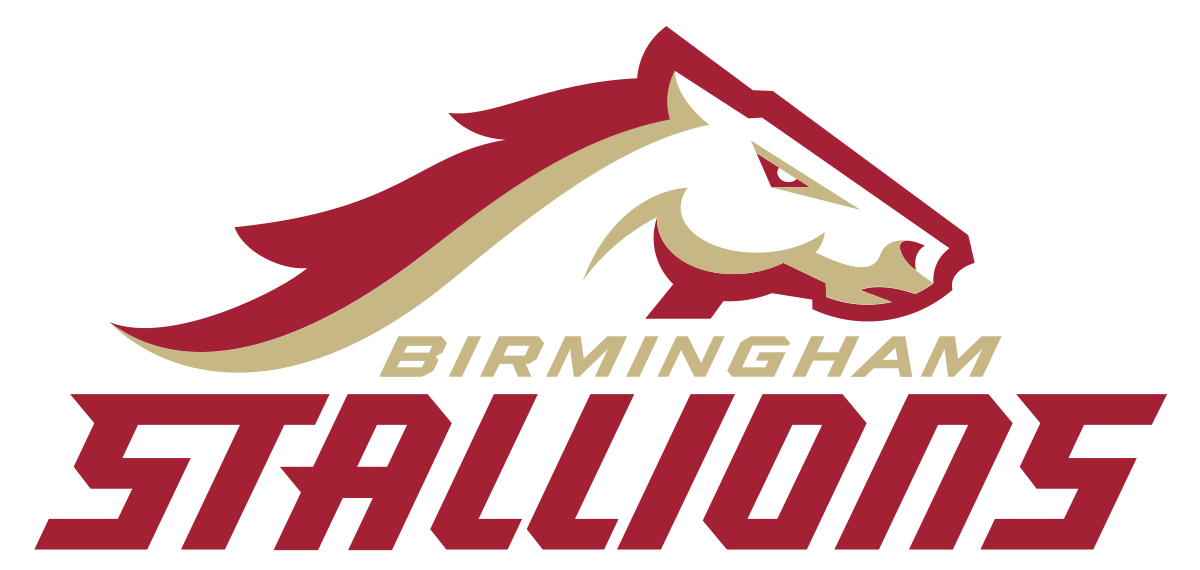

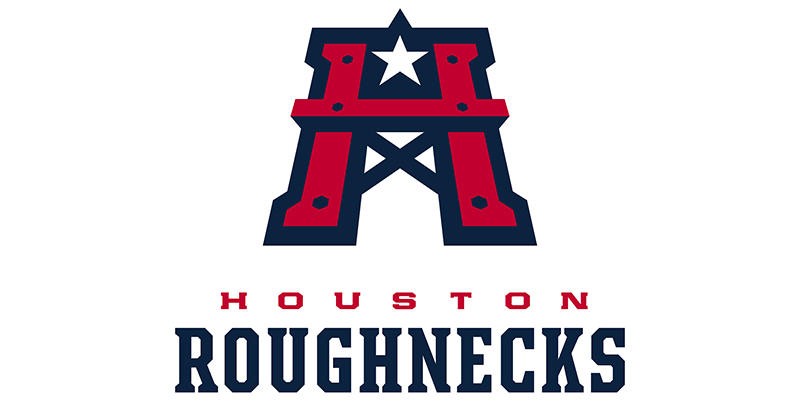
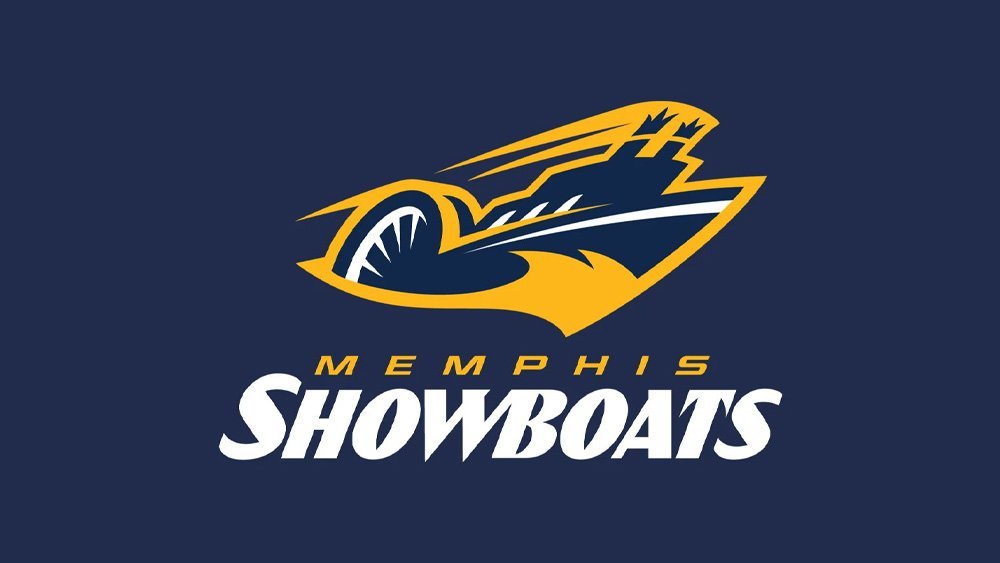
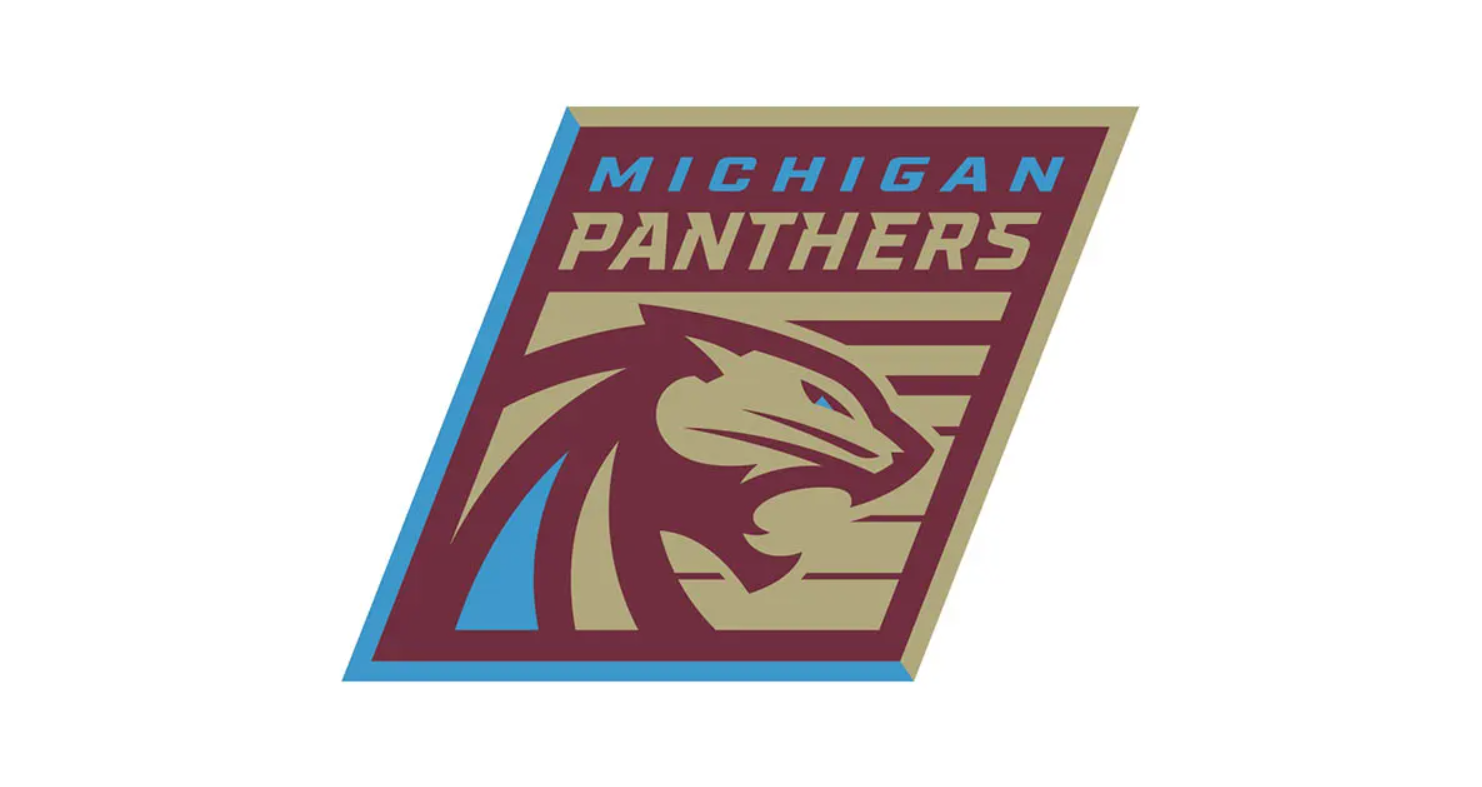




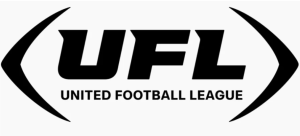





That was a good summary & info